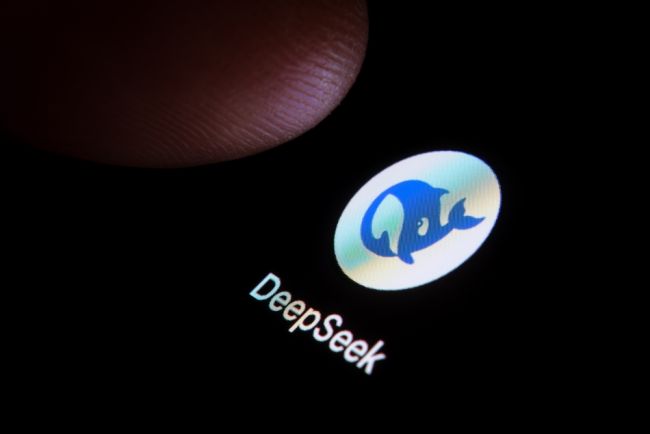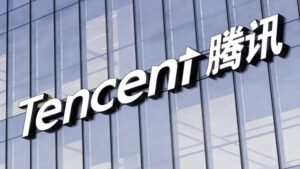How DeepSeek Revived Interest in Jevons

Understanding Jevons Paradox: Insights into Economic Theory and AI
What is Jevons Paradox?
Jevons Paradox is an economic theory introduced by William Stanley Jevons in 1865. It suggests that advancements in energy efficiency can lead to an overall increase in energy consumption instead of a decrease. For example, as technologies improve—making devices such as computers cheaper and more powerful—people tend to use them more, often leading to higher demand. This concept has resurfaced in discussions around modern technology, especially in the context of artificial intelligence (AI) and energy consumption.
The Rise in Popularity of Jevons Paradox
Recently, the term "Jevons" has been trending, particularly on social media platforms discussing economic theories. A recent analysis using Google Trends highlighted a surge in interest, reaching its peak since 2004 around the time of the DeepSeek news.
- Historical Context: The last significant mention of Jevons was at the beginning of the 2000s, when it was used to explain the relationship between falling prices of computer chips and the escalating pace of digitization.
- Modern Relevance: Today, households that once had one or two digital devices now typically own many more, illustrating the relationship between technological efficiency and increased consumption.
Recent Developments and DeepSeek’s Impact
DeepSeek, a new AI technology, has caused waves in capital markets and has led analysts to reconsider their forecasts regarding chip and energy demand. The sudden increase in usage of the term "Jevons" highlights its relevance in current economic discussions.
Key Perspectives from Industry Leaders
- Microsoft’s Outlook: Satya Nadella, CEO of Microsoft, noted that as AI technologies become more efficient, demand will increase, leading AI to become a commodity that is indispensable.
- Amazon’s Response: In a recent earnings call, Amazon CEO Andy Jassy confirmed that while technology costs might decrease with efficiency, overall spending on technology has historically risen. This pattern underscores Jevons Paradox, as companies tend to explore new applications for low-cost technology, leading to increased budgets.
Important Remarks from Analysts
Gokul Hariharan, a tech analyst at J.P. Morgan Securities, emphasized that AI inference costs have already been falling dramatically, by as much as 85% to 90% each year. As costs drop, the appetite for AI solutions grows.
- More Investment in AI: Major tech firms are not backing away from planned spending. Meta Platforms has confirmed a budget of $65 billion for AI this year, while Microsoft has set aside $80 billion.
The Energy Perspective
As energy demand is often entwined with the adoption of new technologies, it’s essential to understand how Jevons Paradox applies in this context.
Anticipated Demand Growth
Analysts project no significant changes in estimated power demands. For example, by 2028, an additional 60 GW of power demand in the U.S. is anticipated, similar to previous estimates based on 2022 levels.
Implications for Infrastructure
Many investments in AI infrastructure focus on inference rather than training models. Yann LeCun, Meta’s Chief AI Scientist, pointed out that facilitating the AI services necessary for billions of users will require substantial computational resources, further driving demand.
Summary of Observations
- Growing Dependence on Technology: As AI becomes more accessible and cost-effective, its usage is expected to climb significantly, echoing Jevons’ findings regarding energy consumption and efficiency.
- Strategic Investments: The surge in interest in infrastructure for AI hints at a long-term commitment to expanding capabilities, driving demand, and reinforcing the implications of Jevons Paradox.
Understanding Jevons Paradox in today’s context highlights critical insights into how technology utilization evolves with improved efficiency. The balance between increased efficiency and higher demand is a central theme in the ongoing discussions about the future of AI and energy consumption.




